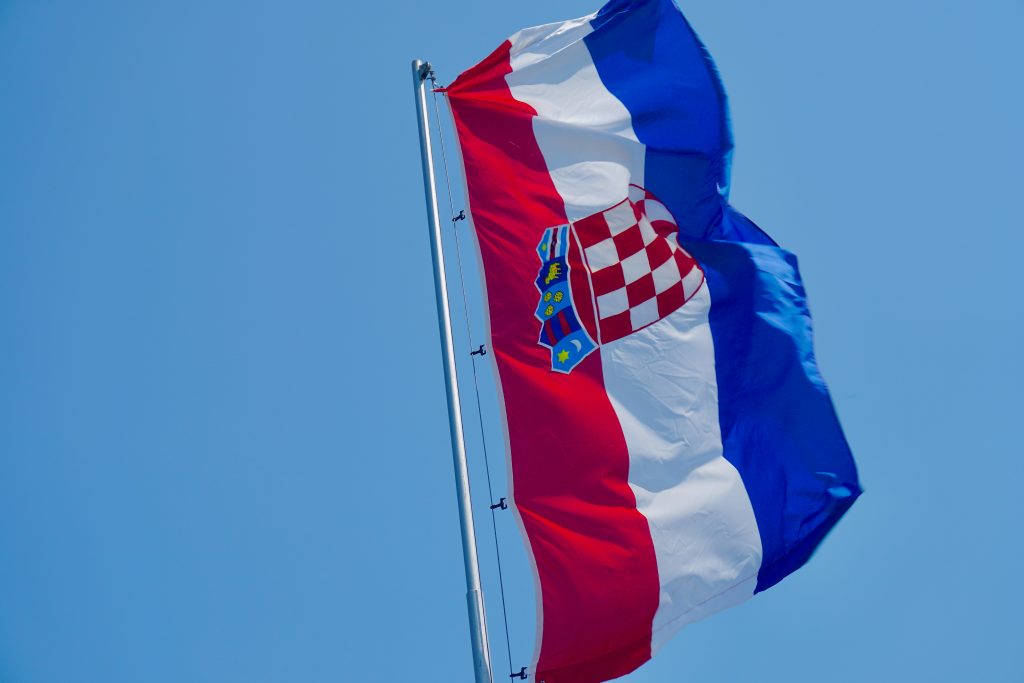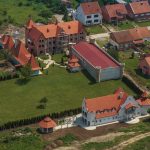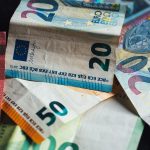April the 30th, 2024 – A Croatian platform called My Energy Community, which is otherwise a joint venture between the impressive Syntio and Grid One, will allow people to monitor everything energy related in one place.
As Poslovni Dnevnik/Ana Roksandic writes, energy communities are an exciting new solution for sharing renewable energy sources. The possibility of their arrival in Croatia has existed since 2020, when the Law on the Electricity Market was adopted. That said, and rather unsurprisingly, their ‘setting up’ has been slow due to numerous rules and requirements from the regulatory side.
Despite that, a group of experts from the IT company Syntio and the engineering company Grid One designed the My Energy Community platform. This new Croatian platform will significantly facilitate the functioning of energy communities. Syntio and Grid One jointly developed a hardware and software solution for energy community management that encourages people to actively participate in the energy transition, as well as the process of the democratisation and decentralisation of the energy sector.
The Croatian platform, My Energy Community, is based on a data platform in the computer cloud. This enables wide availability to its future users, simpler networking with metering points and an increase in platform performance as the number of users grows.
Goran Jurišić, the founder of Grid One, explained that their direct clients aren’t actually the members of the energy communities themselves, but the entities that will deal with the organisations.
“Our clients will be REGEA, ZEZ, INERGA and so on. All those energy communities that will be established and sold to the end user. We’ll use the B2B model,” said Jurišić, adding that “the key piece of innovation for this new Croatian platform is real-time operation. That was achieved by developing our own hardware for retrieving measurement data in real time, as well as developing a user control interface and also an energy sharing model.
“There is nothing technically similar anywhere else currently in Europe. Other countries have developed and use software models that are more calculation-based, and we have a real-time work component. That means that everyone can immediately see where they have excess electricity in the community and where they can use it.
In other European countries, this sort of thing is more of a calculation tool. At the end of the month, the user only sees how much has been spent and how much needs to be paid. The idea was to develop this type of software in Croatia, test it here and then market it in Europe. If in five years we have a thousand energy communities using our Croatian platform, and none outside the country, we haven’t succeeded,” emphasised Jurišić.
Development worth a million euros for this croatian platform
The leader of Grid One estimates that the total investment cost from start to finish of the project is about one million euros, and it all started with an idea formed back in 2020. Some of the funds were collected through European development projects, and some was financed with own funds.
Data on energy sharing and available amounts of energy from different sources with the associated prices are available on this Croatian platform. Jurišić estimated that in addition to local communities, sharing energy through energy communities would also be great for small companies who now pay a significantly higher price than ordinary people.
“There are two models of energy communities. In one, people come together and invest together in, for example, a solar power plant, which is a form of crowdfunding. The second model is used when you already have an existing power plant and you hand over excess energy to another user of the same community instead of the grid.
It doesn’t have to be jointly invested in, but then the way of calculating that energy is different. When you invest together, the more you invest, the more you get. In the second model, you invest nothing, however much you get from your neighbours, good. That’s why it’s important to have data in real time, because you know when energy is actually available,” explained Jurišić.
He himself noted that he knows that it isn’t easy for lay people who get involved in energy communities. It is easier for them as energy professionals and that’s precisely why they want their energy community to be a beacon for others. They will be happy to share how they succeeded in registering their community and what documents were and continue to be needed.
can croatia be like austria?
In both companies, they strongly believe in this project, as well as in the overall possibility of a green economy in this country. Jurišić emphasised that people are turning more and more towards the green economy because it has become financially profitable. He himself has received many inquiries from numerous municipalities and cities that are interested in involving themselves and their citizens in such projects. According to his assessment, Croatia can quickly reach the most developed European country in terms of energy communities – Austria.
“The Austrians are leading the entire movement of energy communities, and there are other countries that are trying to repeat it. Austria has 1,300 energy communities, and in 2021 there were only five. That means that they had a huge jump in a mere three years and aren’t that far ahead of us. We can also have a thousand registered energy communities in Croatia in three years”, believes Jurišić.
“We cooperate with the HEP group. As energy experts we understand what their problems are and we understand why certain things bother them. They have technical limitations of their own, as well as organisational and software problems that must be solved. We create our software relatively quickly, they don’t have that dynamic because they are limited by various internal rules”, said Jurišić.
The device and the software they developed form a whole, but the device will be sold as a one-off, and the software will require a subscription. The plan was to go with a device price of 20 euros. The device is used to download data from the meter, and the user has an application on their phone which provides overview of what is happening at the level of the entire energy community at any time. The price of a software subscription will correlate with the end user’s savings.








